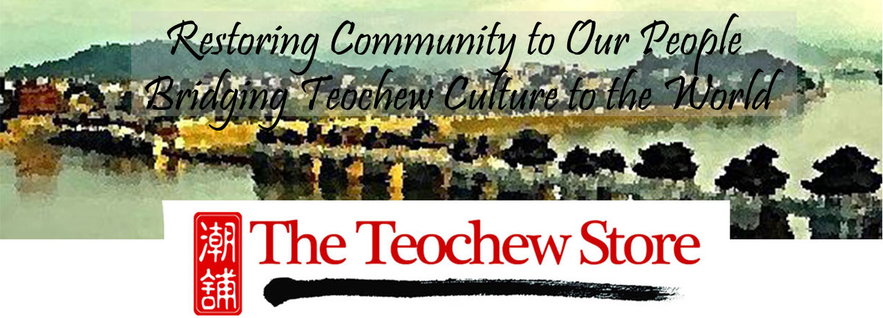In our age of selfies and instant photo sharing, it is to imagine photography was once the domain of a handful of masters. Because taking and developing photographs were also expensive affairs, most images from the past were of the rich, the famous and the newsworthy. However one photographer from the Teochew region, Hang Tsi-kuang (Han Zhiguang 韓志光) (1917 to 2011), saw things differently. The world through his camera lens was the same as the one he saw in everyday life.
Born to a peasant family in Gek-sai (Jiexi 揭西) district, Hang Tsi-kuang moved to Swatow as a teen to become an apprentice at the photo studio of a distant relative. He quickly developed a passion for the camera and became the proprietor of his own studio at the age of 27. In 1945 he joined the Sing Hwa Yih Pao (星華日報, a newspaper owned by Singapore tycoon Aw Boon Haw) as a photo-journalist, which gave him the opportunity to travel across the Teochew region and its surrounding. The result - stunning images of people and place long forgotten by the world, but all familiar to many of our grandparents.
In the first of three presentations of photographs by Hang Tsi-kuang, we bring to you 15 vivid images of the Teochew region and its surroundings taken in 1948 - the year when the Kuomintang was in the last moments of power as government of China, and a time when common people were left to their own devices to survive in a society barely-recovered from the ravages of Japanese occupation, and struggling with abject poverty, hyperinflation, and uncertainty for the future.

Siang-ze kie (Xiangzi Bridge 湘子橋), a.k.a Guang-zi kie (Guangji Bridge 廣濟橋), Teochew 潮州














